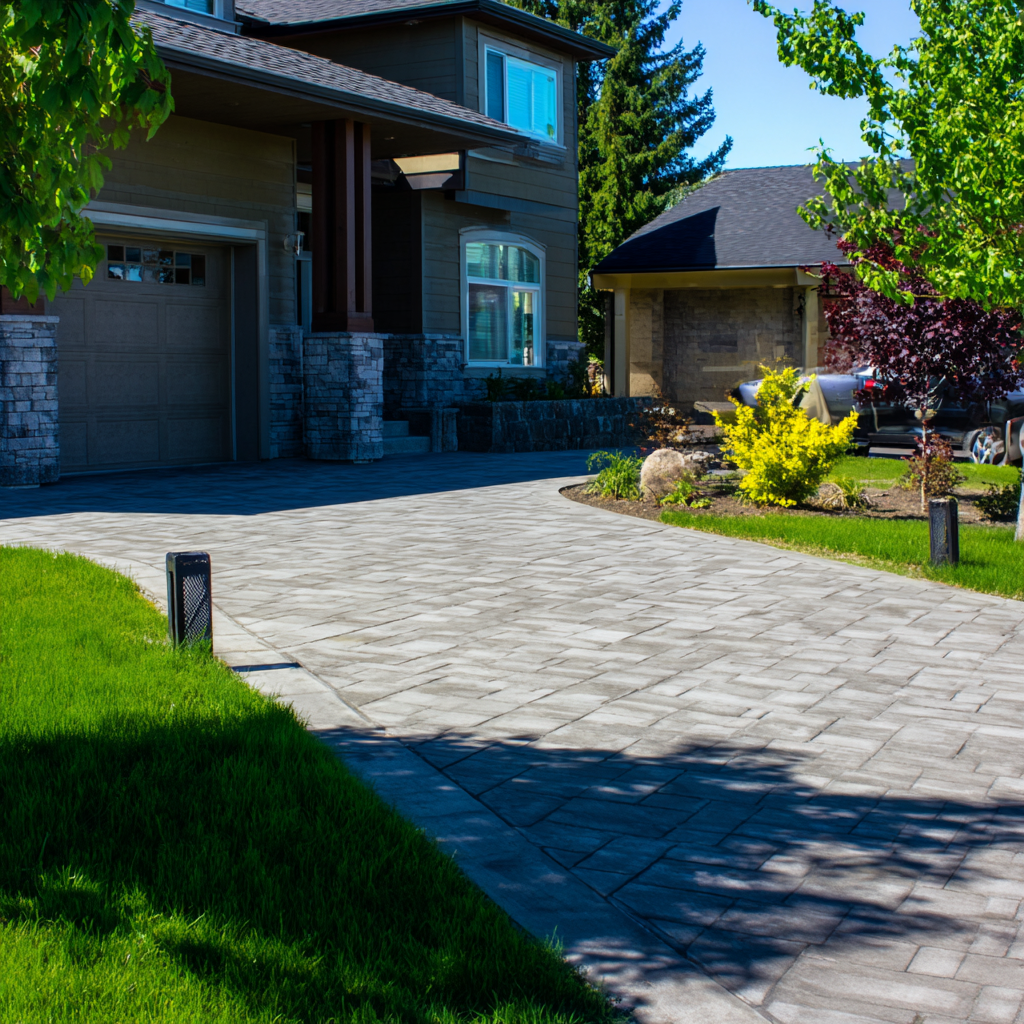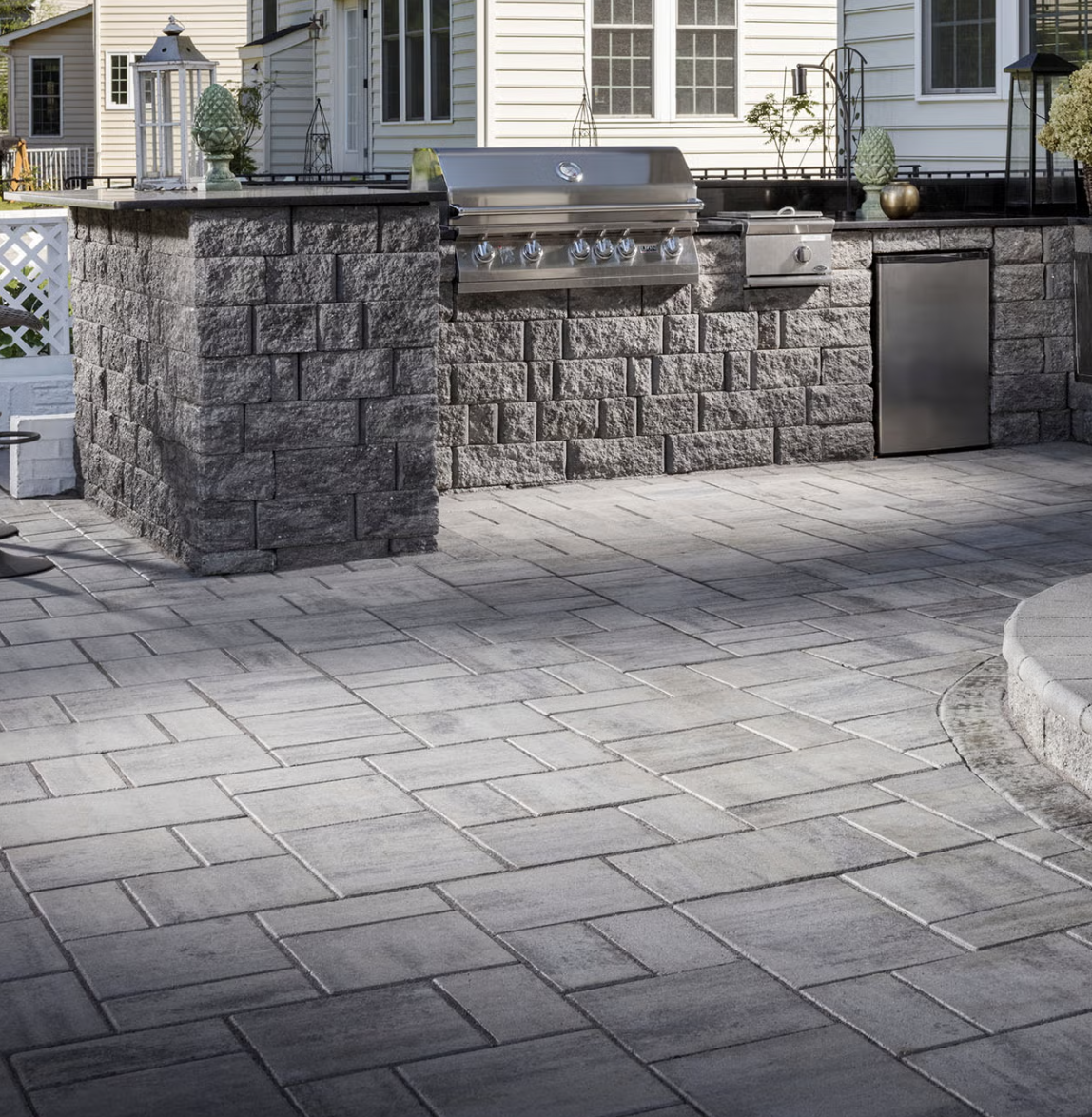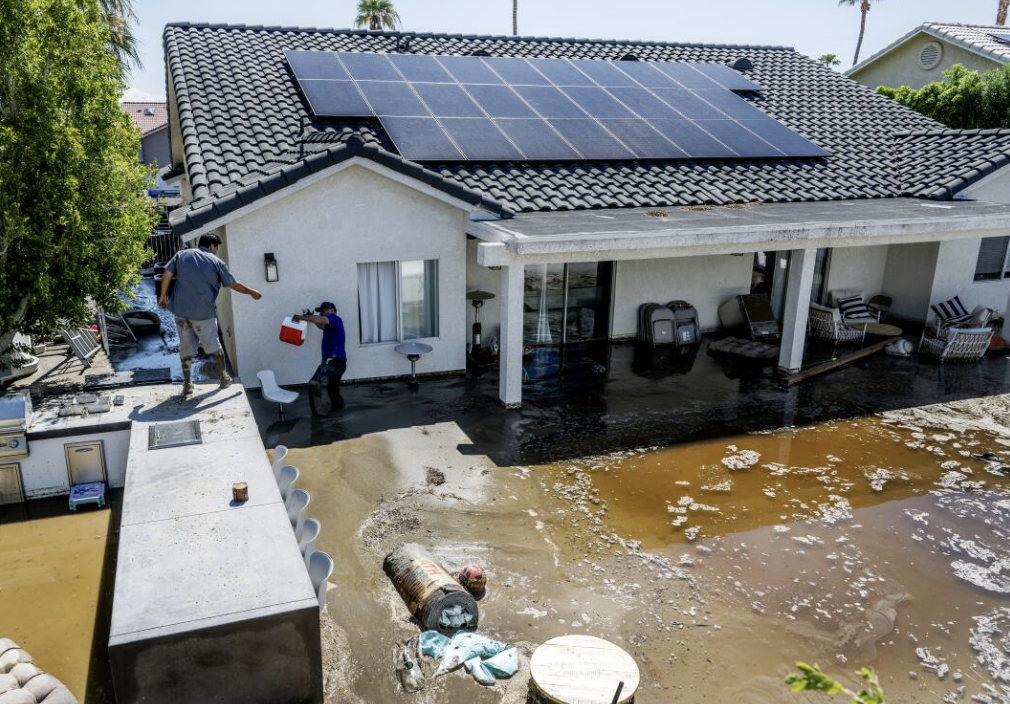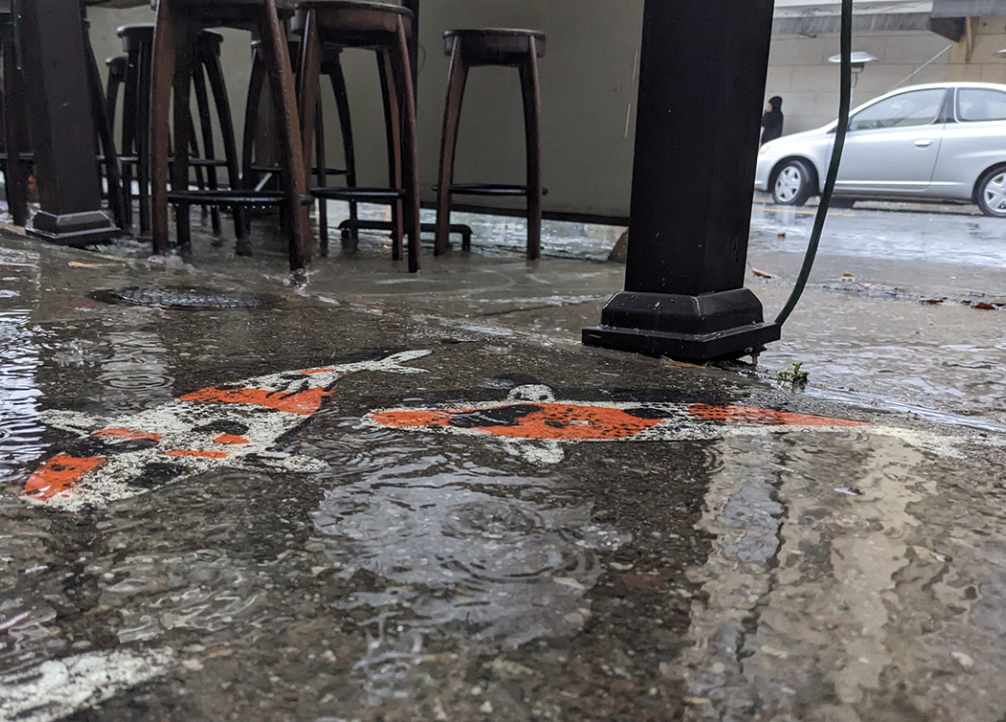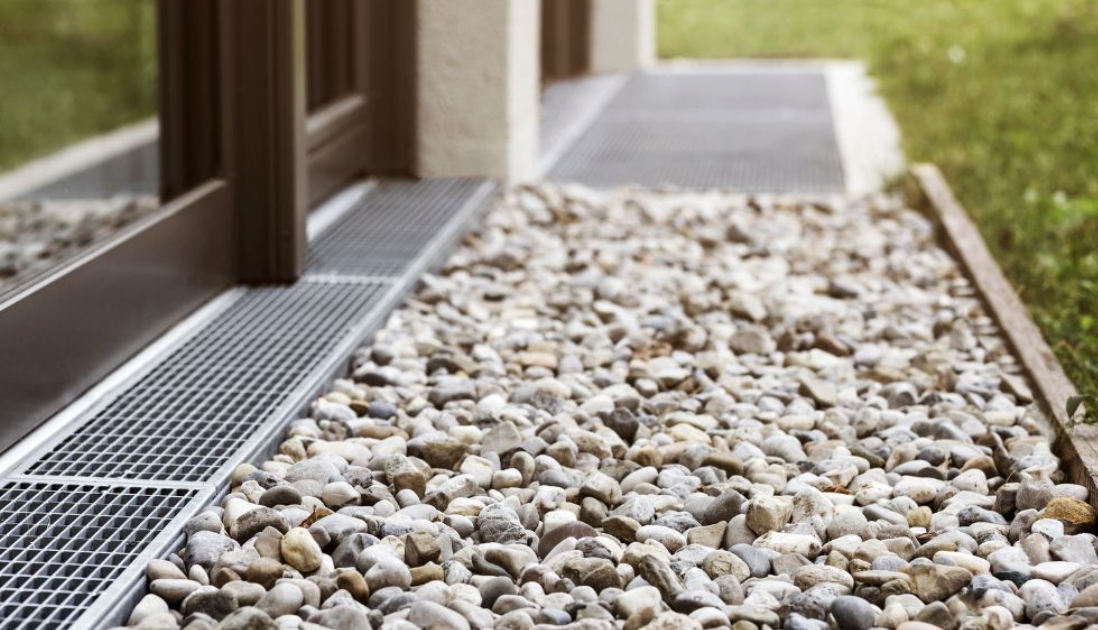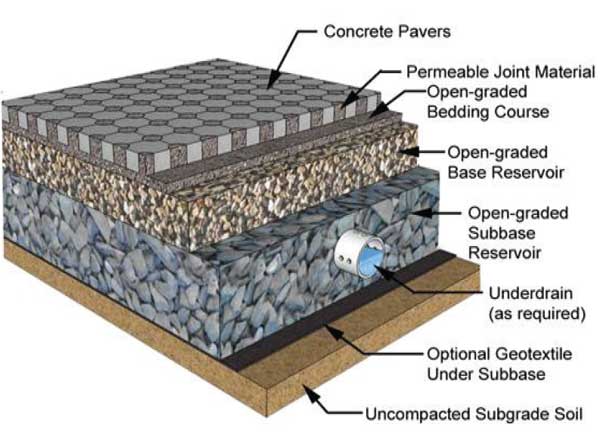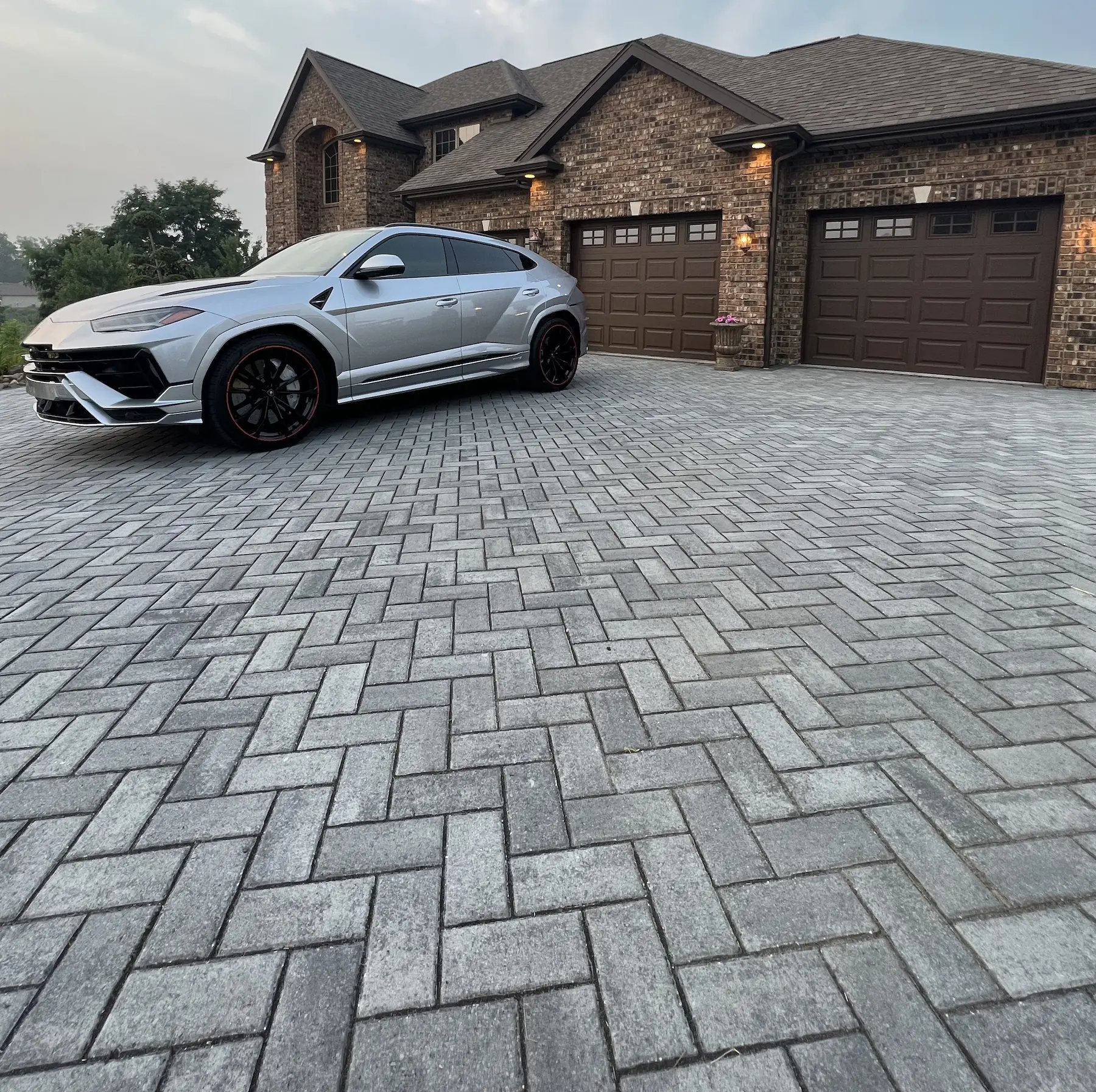
Table of Contents
Introduction
Sustainable hardscaping solutions are increasingly becoming a vital consideration in landscape design, especially in regions like California, where water conservation is paramount. This article explores how eco-friendly pavers and other hardscaping materials can enhance outdoor spaces while addressing the pressing concern of water scarcity. We will delve into the various benefits, types of materials, and practical examples of sustainable hardscaping in action.
What is Sustainable Hardscaping?
Sustainable hardscaping refers to the selection and installation of outdoor materials that not only serve functional purposes but also contribute positively to the environment. This includes using permeable pavers, recycled materials, and environmentally-friendly designs that minimize water runoff and promote natural drainage.
Common Question: What materials are considered sustainable for hardscaping?
Materials such as permeable pavers, reclaimed wood, recycled concrete, and natural stone are considered sustainable. These materials help reduce environmental impact and can often be sourced locally, reducing transportation emissions.
Benefits of Sustainable Hardscaping
Implementing sustainable hardscaping solutions offers numerous benefits, both environmentally and aesthetically. Here are some key advantages:
- Water Conservation: Sustainable hardscaping helps manage stormwater runoff, allowing rainwater to permeate the ground rather than flooding urban areas.
- Reduced Urban Heat: Natural materials can help lower temperatures in outdoor spaces, contributing to cooler environments.
- Improved Biodiversity: By integrating native plants with hardscaping, you can create habitats for local wildlife.
- Increased Property Value: Eco-friendly landscapes are increasingly desirable, which can enhance property values.
Common Question: How does sustainable hardscaping improve water drainage?
Sustainable hardscaping improves water drainage by using materials that allow water to infiltrate the soil. Permeable pavements, for instance, have gaps that let water pass through, reducing runoff and promoting groundwater recharge.
Eco-Friendly Pavers
Eco-friendly pavers are an essential component of sustainable hardscaping. These pavers are designed to minimize environmental impact while providing durable and attractive surfaces.
Types of Eco-Friendly Pavers
- Permeable Pavers: Allow water to flow through, reducing runoff and promoting groundwater recharge.
- Recycled Concrete Pavers: Made from reclaimed concrete, these pavers reduce waste and are often more affordable than new materials.
- Natural Stone Pavers: Sourced from quarries, natural stones are durable and blend well with the environment.
Common Question: What are the cost differences between traditional and eco-friendly pavers?
While eco-friendly pavers might have a higher upfront cost, their long-term benefits, such as reduced maintenance and water management costs, often make them more economical over time. For example, permeable pavers can save on irrigation and drainage system costs.
| Type of Paver | Initial Cost per Square Foot | Long-Term Benefits |
|---|---|---|
| Traditional Concrete | $3-$5 | Standard durability, limited drainage |
| Permeable Pavers | $5-$10 | Improved drainage, reduced flooding |
| Recycled Concrete | $4-$7 | Environmentally friendly, reduced waste |
Water Conservation in California
California faces significant challenges due to frequent droughts, making water conservation a critical concern. Sustainable hardscaping solutions play an essential role in mitigating water-related issues.
Strategies for Water Conservation
- Use of Native Plants: Incorporating native plants into hardscaping reduces the need for irrigation and supports local ecosystems.
- Rain Gardens: These gardens are designed to collect and absorb rainwater, helping to manage stormwater runoff.
- Drip Irrigation Systems: Utilizing efficient irrigation systems in conjunction with hardscaping can dramatically reduce water usage.
Common Question: How can homeowners implement water conservation strategies in their landscapes?
Homeowners can start by assessing their current landscape and identifying areas where sustainable practices can be applied, such as replacing high-water-use plants with drought-tolerant varieties and installing permeable surfaces to enhance water infiltration.
Case Studies of Sustainable Hardscaping
Real-world examples provide insight into the effectiveness of sustainable hardscaping solutions. Here are a few notable case studies:
- Case Study 1: The Eco-Friendly Park in San Diego
In this park, permeable pavers were used for pathways, allowing rainwater to seep into the ground and reducing flooding in nearby areas. The park also features native plants, which require minimal irrigation. - Case Study 2: Residential Transformation in Los Angeles
A homeowner replaced traditional concrete with recycled concrete pavers and installed a rain garden. This project not only enhanced the aesthetic appeal but also significantly reduced the home’s water usage.
FAQs
What is the lifespan of eco-friendly pavers?
Eco-friendly pavers can last for decades with proper maintenance, often outlasting traditional concrete pavers.
Are eco-friendly pavers more expensive than traditional ones?
While they may have a higher initial cost, the long-term savings on maintenance and water use can offset the difference.
Can I install eco-friendly pavers myself?
While DIY installation is possible, it is recommended to hire professionals for optimal results, especially for permeable pavers.
Conclusion
In conclusion, sustainable hardscaping solutions offer a viable way to enhance outdoor spaces while addressing the critical issue of water conservation, particularly in drought-prone areas like California. By choosing eco-friendly pavers and implementing water-saving strategies, homeowners can create beautiful landscapes that are both functional and environmentally responsible. Embracing sustainable hardscaping is not just a trend; it is a necessary step towards a more sustainable future.
Key Takeaways
1. Sustainable hardscaping is crucial for water conservation. By using permeable materials, homeowners can manage stormwater effectively.
2. Eco-friendly pavers provide long-term benefits. Although they may cost more upfront, they save money on maintenance and water over time.
3. Case studies demonstrate real-world effectiveness. Successful projects show how sustainable practices can enhance both aesthetics and environmental impact.


 Schedule Design Consultation
Schedule Design Consultation.png)
